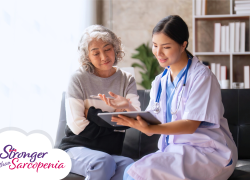My Doctor Saved My life, Diabetes Tech Gave Me Control
(NewsUSA) - Troy Ita’s life was turned upside down by diabetes. Thankfully, he doesn’t have to compromise lifestyle or family time with the help of groundbreaking technology.
- Troy Ita’s life was turned upside down by diabetes. Thankfully, he doesn’t have to compromise lifestyle or family time with the help of groundbreaking technology.
Family is at the center of Troy’s life. Every year he attends his annual family reunion, a long weekend filled with games, cooking and campfire singing. Last year was the 47th edition and they kicked off with an auction of Auntie’s famous huckleberry raspberry jam, attended by 173 people spanning 6 generations.
It was on the way to one of these gatherings 20 years ago that Troy first noticed that he had to use the bathroom excessively. He wasn’t aware this was a symptom of diabetes. After going to the doctors, Troy was told his blood glucose levels were dangerously high and he was diagnosed with type 1 diabetes.
He struggled to accept his new diagnosis and what it meant for him as someone who was constantly on the move, both for work and when pursuing his passions in music and as a dog rescuer. “I spent a lot of time not really dealing with my diabetes, until I met the right endocrinologist,” Troy reflects, “He’s the one that really saved my life. He’s the one that turned me around.”
Like many people living with diabetes, Troy experimented with a range of traditional, short-term continuous glucose monitors (CGMs) but found they weren’t the right fit for him and sometimes added to the burden of managing his diabetes. “My biggest issue was that they fell off constantly. I’m a big guy at 6 foot 5, so I would knock it off getting into the car! These things are expensive, and I was frustrated at having to replace my CGM whenever it fell off or failed early.”
Troy was introduced to an Eversense CGM in 2018 by his endocrinologist after struggling to find a technology that would help him get his diabetes under control.
Eversense CGM systems are the only long-term CGMs available. Whereas traditional CGMs last just 10-14 days, Troy currently uses the Eversense 365, which lasts an entire year.
Eversense’s tiny sensor rests comfortably under the skin and the removable transmitter which sits on the arm can be taken off and put back on without wasting a CGM*. This unique design gives users like Troy unmatched flexibility in their day-to-day lives.
Troy says the comfort of being able to take off his transmitter to cleanse the skin underneath is a big relief because previously he felt irritations and itchiness, potentially caused by using traditional CGMs. The Eversense transmitter sticks to his arm via a gentle, daily-use, double-sided silicone-based adhesive. Troy benefits from the adhesive which is gentle on the skin and holds the smart transmitter firmly in place.
Being able to apply a fresh adhesive daily allows Troy to clean his skin and take a shower, without something attached to his skin, meaning he can manage his diabetes without a lingering itch.
This flexibility also means Troy doesn’t have to worry about having his sensor knocked off, particularly when he’s working hard to get dogs ready for adoption. “I had a hard time with the dogs before, as they jump around a lot and would often knock off my sensor. Now, I can take the transmitter off when I’m near the bigger dogs and I’m good to go,” Troy says.
Troy’s family can also rest easy knowing he’s safe while pursuing his passion. “It puts my mind at rest knowing he won’t be left stranded needing a replacement CGM when he’s away from home,” his wife commented.
In addition to his family support network, Troy says finding support within his community was another important step in his journey to managing his diabetes. “You’re not on an island by yourself, and that makes such a huge difference”, he says, “it’s good to know other people are experiencing the same things.” He urges anyone newly diagnosed not to be afraid to seek out a support community.
Eversense has given Troy control over his diabetes management, allowing him to live life uninterrupted and enjoy his family reunions to the fullest. If you would like to learn more about Eversense, visit EversenseDiabetes.com/get-started-today.
Please note for important safety information, see https://www.eversensediabetes.com/safety-info
Troy Ita is an Eversense brand ambassador and this article was sponsored by Ascensia Diabetes Care
*There is no glucose data generated when the transmitter is removed


 -
-  If you put on socks this morning but skipped the sunscreen, you’re doing it wrong — at least according to a new nationwide campaign launched on World Health Day earlier this spring.
If you put on socks this morning but skipped the sunscreen, you’re doing it wrong — at least according to a new nationwide campaign launched on World Health Day earlier this spring.
 - As the cold of winter fades, spring brings a fresh sense of renewal—and for many, it’s the first time in months they’ll be showing off their legs again. But for some, the thought of revealing their legs can come with hesitation. This may be especially true for those with varicose veins.
- As the cold of winter fades, spring brings a fresh sense of renewal—and for many, it’s the first time in months they’ll be showing off their legs again. But for some, the thought of revealing their legs can come with hesitation. This may be especially true for those with varicose veins.
 - As the cold of winter fades, spring brings a fresh sense of renewal—and for many, it’s the first time in months they’ll be showing off their legs again. But for some, the thought of revealing their legs can come with hesitation. This may be especially true for those with varicose veins.
- As the cold of winter fades, spring brings a fresh sense of renewal—and for many, it’s the first time in months they’ll be showing off their legs again. But for some, the thought of revealing their legs can come with hesitation. This may be especially true for those with varicose veins.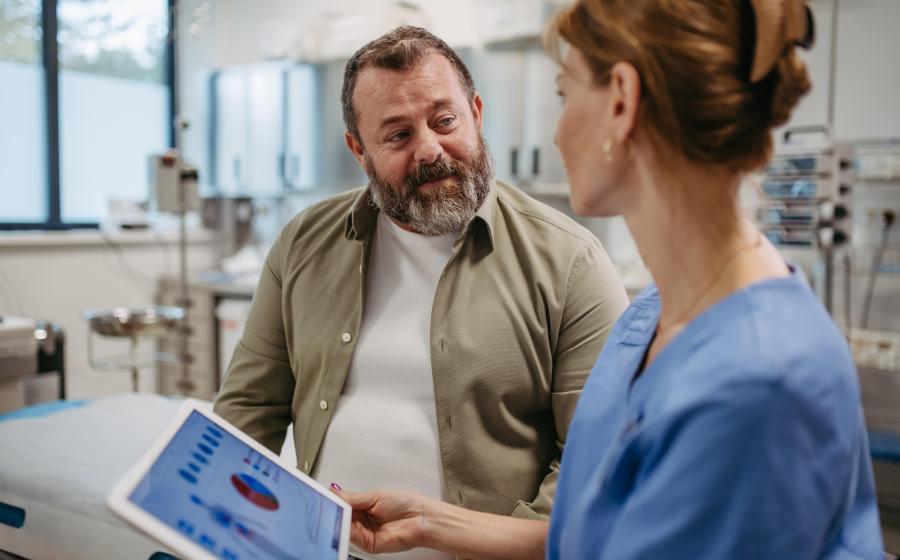
 - The newest generation of GLP-1 drugs has delivered life-changing benefits to patients managing diabetes, obesity, heart disease, and other chronic health conditions. And yet even though
- The newest generation of GLP-1 drugs has delivered life-changing benefits to patients managing diabetes, obesity, heart disease, and other chronic health conditions. And yet even though 
 - As the cold of winter fades, spring brings a fresh sense of renewal—and for many, it’s the first time in months they’ll be showing off their legs again. But for some, the thought of revealing their legs can come with hesitation. This may be especially true for those with varicose veins.
- As the cold of winter fades, spring brings a fresh sense of renewal—and for many, it’s the first time in months they’ll be showing off their legs again. But for some, the thought of revealing their legs can come with hesitation. This may be especially true for those with varicose veins.
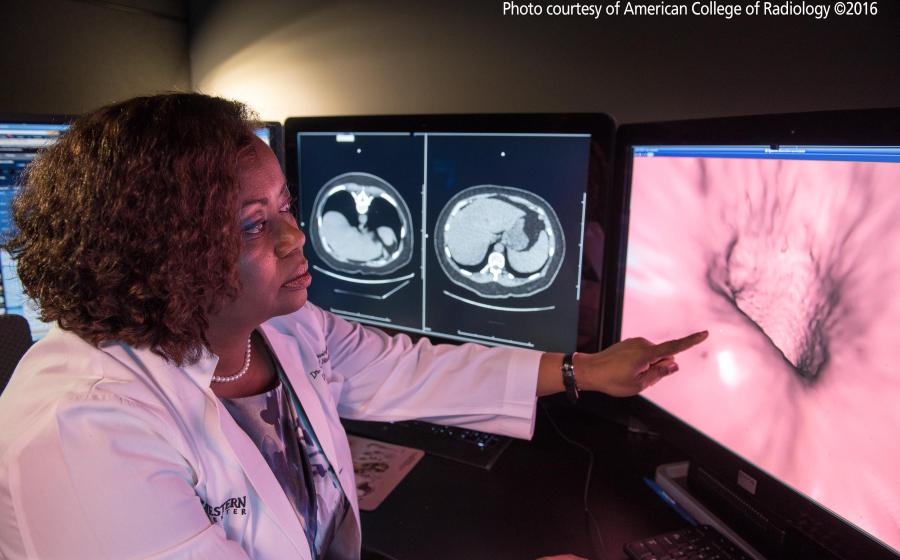
 - Expanded Screening Coverage Can Reduce Needless Deaths
- Expanded Screening Coverage Can Reduce Needless Deaths 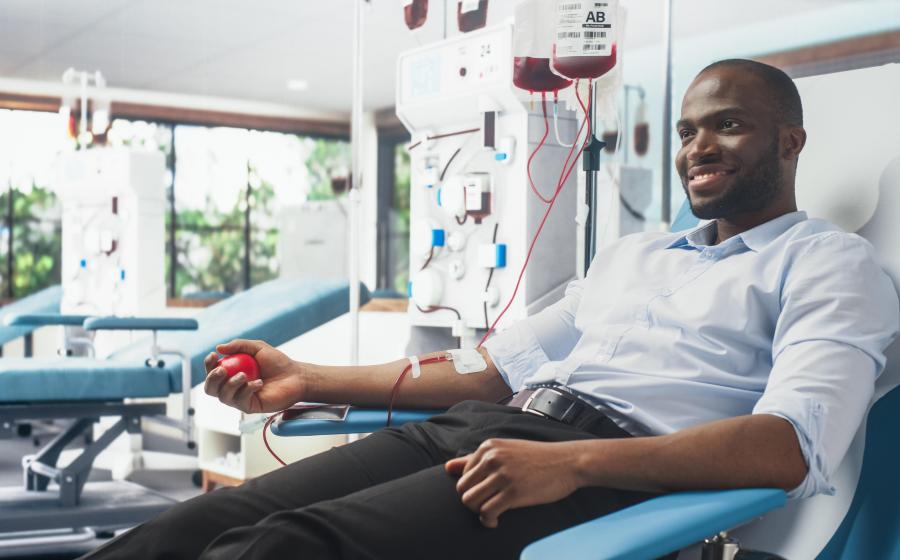
 - Aunque las enfermedades del corazón se pueden prevenir en gran medida, aun así, siguen siendo la principal causa de muerte en los Estados Unidos. Las enfermedades cardíacas afectan a millones de personas y su impacto no es igual en todas las comunidades.
- Aunque las enfermedades del corazón se pueden prevenir en gran medida, aun así, siguen siendo la principal causa de muerte en los Estados Unidos. Las enfermedades cardíacas afectan a millones de personas y su impacto no es igual en todas las comunidades.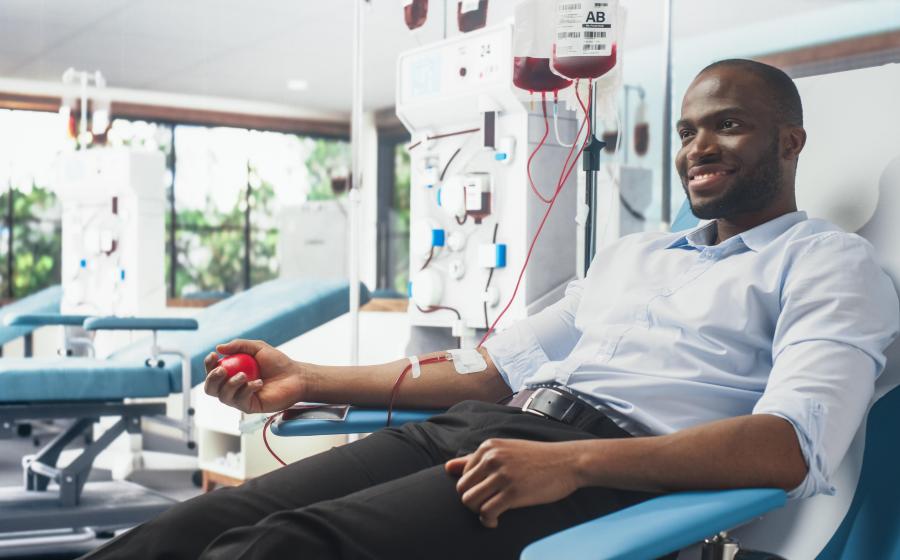
 - Heart disease is largely preventable, yet it’s still the leading cause of death in the United States. It affects millions of people, and its impact is not shared equally among all communities.
- Heart disease is largely preventable, yet it’s still the leading cause of death in the United States. It affects millions of people, and its impact is not shared equally among all communities.
 - A Convenient New Approach to Metabolic Health
- A Convenient New Approach to Metabolic Health


